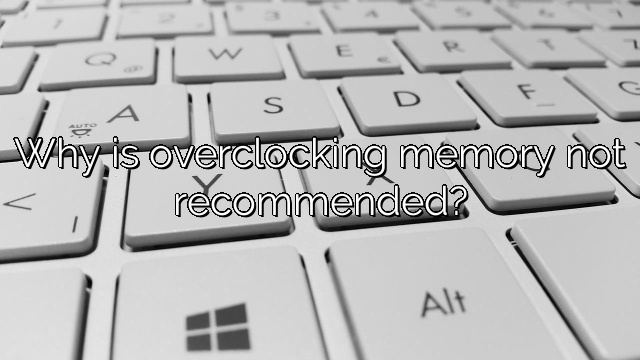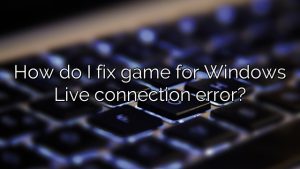
Why is overclocking memory not recommended?
Run Windows Memory Diagnostics
Get the latest updates with Windows update
Update the drivers
Adjust CPU Overclocking setting
Run CHKDSK Windows 10
How do I fix memory overclock failure?
It’s pretty easy to fix if you go to that memory overclocking crash screen. Simply press the “F1” key on your keyboard to go to the BIOS blog and configure these settings; it is more laborious, although in the end it does not give any result. In this case, you will need to clear the CMOS to bring the motherboard back to its original range.
Can overclocking RAM corrupt Windows?
In most cases, your operating system will work until the situation forces you to attempt automatic (crash) recovery if you are unstable. It is highly unlikely that you have corrupted Windows in Karhu itself by mistake, but after the next reboot you are still trying to fix a particular unstable RAM error.
Can RAM be damaged by overclocking?
Overclocking, even without touch voltage, increases power consumption and heat. it can easily kill RAM. In addition, most RAM is factory tested and overcooled in many consumer PCs.
Why does my overclock keep failing?
In most cases, the overclocking failure error is due to your own error causing many boot processes to be tricked into overclocking your system while running at default wavelengths. If you want to fix the problem, resetting the BIOS or UEFI will help you.
Why is overclocking memory not recommended?
Since memory overclocking reduces these “real” gains, it’s not even worth it. You can also try overclocking the USB ports. It’s an absolutely lame attempt to promote defenses, in this case Kingston and Arctic Heatspreader, and try to push it as a front.
How to overclock Ram in Windows 10?
Follow these steps to overclock your PC’s RAM using the XMP method: Install using Open CPU-Z on your PC. Write DRAM frequency with timings and temporary tables like Tab-Spd. Restart your computer and optionally enter BIOS mode.
How do I know if my memory is overclocked?
On the right side is usually the Memory Force bar, which displays the overclocking status of your memory. The faster the memory is accelerated, the shorter the band becomes. This graph shows how memory changes force themselves with higher RAM frequency.

Charles Howell is a freelance writer and editor. He has been writing about consumer electronics, how-to guides, and the latest news in the tech world for over 10 years. His work has been featured on a variety of websites, including techcrunch.com, where he is a contributor. When he’s not writing or spending time with his family, he enjoys playing tennis and exploring new restaurants in the area.










